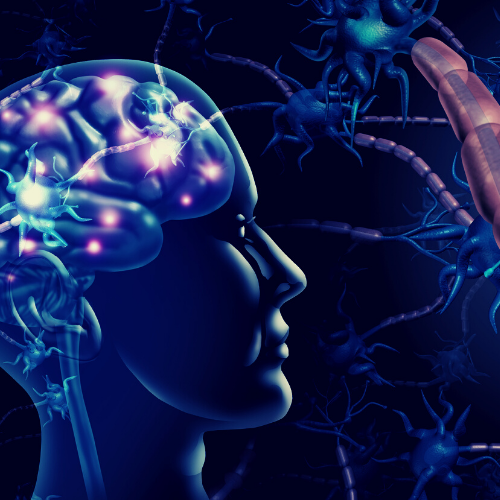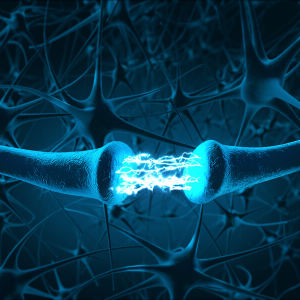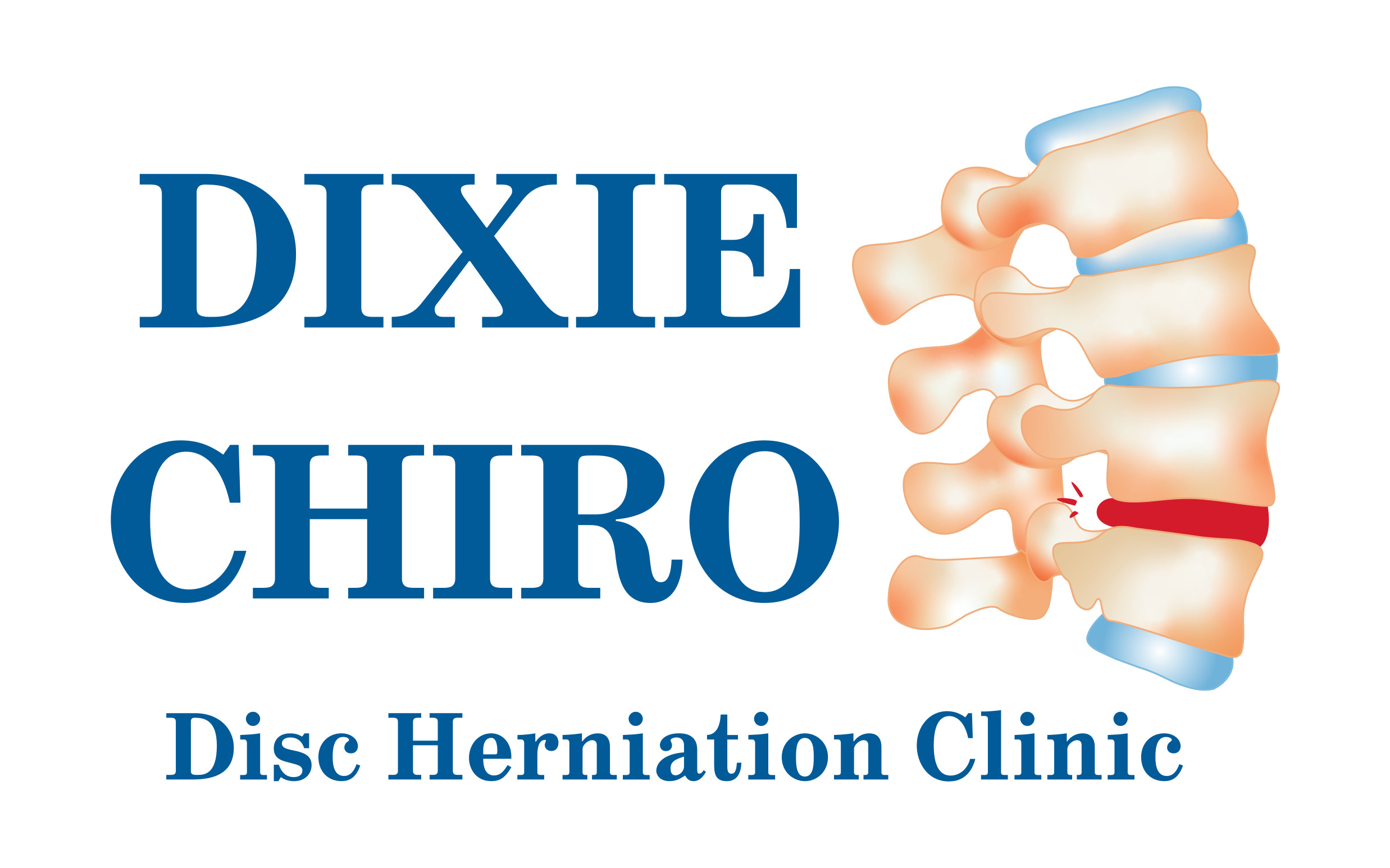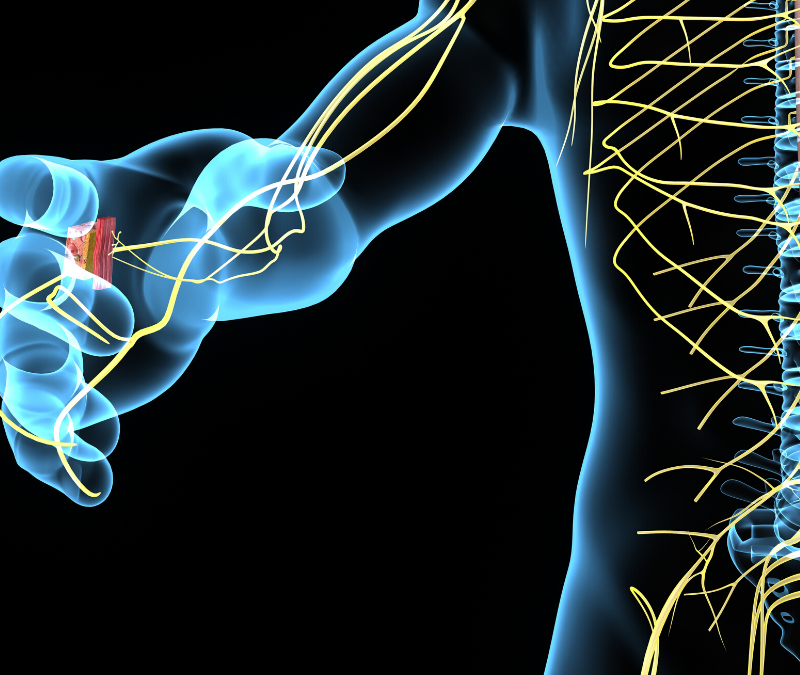People often assume chiropractic care is solely for conditions of the spine. Though it’s true that chiropractic care commonly treats disorders of the spine, it also involves a wide range of treatments, as it focuses on holistic healing. Finding therapy for C.R.P.S. can be very difficult when you are pain.
Though the body has many different systems, they work symbiotically, thus, treating the body in all its intricacies is an important component of chiropractic care. Chiropractors treat many chronic pain conditions successfully, including chronic nerve pain such as occurs with complex regional pain syndrome.
Complex regional pain syndrome (C.R.P.S.) is a condition in which a persons nervous system overreacts, sending extreme pain signals to areas of the body.
CRPS was once called “reflex sympathetic dystrophy”. In the U.S., it is estimated that 50,000 new cases occur each year.
People with C.R.P.S. experience intense pain in their limbs, hands and feet, as well as changes in skin color, temperature, and loss of movement. In most cases, the pain is constant. According to the Reflex Sympathetic Dystrophy Syndrome Association, up to 20% of those with partial paralysis develop C.R.P.S. as a complication. Also, 5% of patients with peripheral nerve injury end up with C.R.P.S.

Symptoms of C.R.P.S.
Symptoms of this disorder include; increased pain (hyperalgesia), sensitivity to stimulus (hyperesthesia), pain experienced from a non-painful stimulus (allodynia), pain continuing for months/years after an injury is healed, joint stiffness and swelling, discoloration of skin, rapid hair growth, altered fingernails/toenails, and trouble moving limbs.
Although scientists can’t explain the root cause of C.R.P.S.; It is theorized that a neurochemical over-activation is triggered in the patient’s immune system causing small-fiber nerve inflammation and damage. In most cases, C.R.P.S. is a permanent condition. However, early detection and treatment can reduce the symptoms, slow down the process, and even cause symptoms to disappear completely.
One of the more successful treatment options for C.R.P.S. is Calmare Pain Therapy Treatments. Calmare is a pain management approach that uses a machine to rewrite the neural signature of pain messages going to the brain.
The overreactive “pain” signal that leads to the brain is replaced with a message of “no pain”. The pain signal is then processed by the nerve fibers that transmit pain signals, this is how the we find the right spot to place the electrodes.
The electrodes are then placed on the skin’s surface at the location of pain to send signals to the brain. Then through a process called “plasticity” it retrains the brain so it no longer associates pain with the treated area.
The electrical signals travel through the skin and into the nerves. The nerves travel up to the brain which then perceives these messages as “normal” thus overriding the previous “pain” signals.

Is C.R.P.S. Therapy safe
Calmare Therapy is safe and effective at treating pain. It has received FDA clearance in the United States for use in patients experiencing pain. The machine stays on for 50 minutes once the desired intensity and delivery is achieved. Then after just one treatment patients report improvements in their symptoms.
At first, the initial benefit of getting therapy for C.R.P.S. can be short-lived and only lasts from minutes to hours. But with repetitive days of treatment (usually 15 sessions over 3 weeks). The period of relief will increase and last a couple of days, often persisting for weeks to months.
There are a few folks who may not be great candidates for Calmare Pain Therapy Treatments. People with a pacemaker, defibrillator, or electrical implant, as well as those with head pain.
Patients who are using neuroleptic agents for pain, such as Lyrica (pregabalin), Neurontin (gabapentin), or Elavil (amitriptyline) may not experience the same amount of pain relief.
Dixie Chiropractic works with patients on weaning them off those drugs. This is so they can experience the full benefits of Calmare, and get off the other medications.


Recent Comments